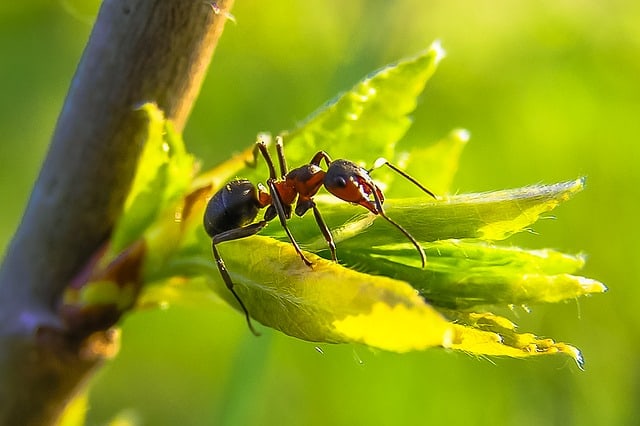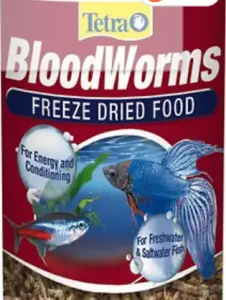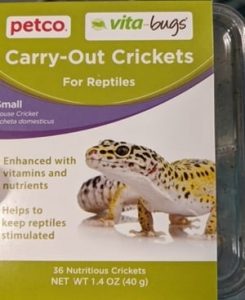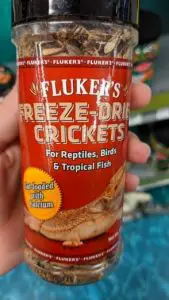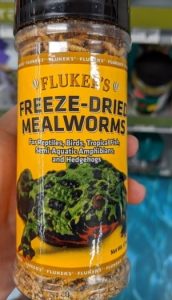Many questions arise when you decide to feed your Venus flytrap. In this article, I will share with you information about feeding ants to Venus flytrap.
Venus flytraps can consume a wide range of insects and spiders, including ants. In their natural habitat, Venus flytraps consume ants often. Ants provide appropriate levels of nutrition for Venus flytraps.
In this article, you will learn how to feed ants to your Venus flytraps and some food alternatives. Ants are suitable food for Venus flytraps, but what about other options that provide a higher nutritional value?
If you would like to learn about Venus flytrap care, read this free care guide where I share how I grow healthy Venus flytraps.
Can Venus Fly Traps Eat Ants?
Venus flytraps consume ants regularly. The name “flytrap” can be deceiving. Venus flytraps do not rely solely on consuming flies. They eat a wide variety of insects and spiders, such as slugs, beetles, gnats, mosquitos, caterpillars, worms, crickets, flies, and, of course, ants.
Most ant species are small enough to fit inside the leaves of a Venus flytrap. Venus flytraps sometimes struggle to capture bugs that are too large for their leaves. Ants are an appropriate size for most young and mature plants.
How Are Ants Attracted to Venus Fly Traps?
The Venus flytrap produces sweet nectar in the inside section of its leaf lobes. The sweet nectar attracts potential victims, including ants.
Venus flytraps are small plants. Some of their leaves grow very close to the ground; others stand up tall. Due to their size and shape, ants are likely to walk near the traps and sense the sweet smell.
Why Venus Flytraps Eat Ants and Other Bugs?
Venus flytraps produce their food through the photosynthesis process. They do not need bugs to survive. But, since they cannot process nutrients from the soil, they capture and consume insects to supplement their diet. A Venus flytrap could live their whole life without ever consuming a bug. But, it is beneficial for the plant to boost their diet with insects.
Venus flytraps developed their carnivorous nature due to the characteristics of their natural habitat. Natively, they grow in ecosystems with very poor soil, which lacks nutrients.
How to Feed Ants To A Venus Flytrap
Feeding ants to your Venus flytrap is not a difficult task, but you do have some options.
First, is your Venus flytrap an outdoor plant? Does it live in your garden or porch? Well, if your plant lives outdoors, it will have plenty of access to feed on its own. And ants will very likely be part of that menu. Outdoor plants do not need any supplemental feeding. But, even though your plant doesn’t need your help with the feeding, you can provide some bugs for it every once in a while.
Indoor Venus flytraps have a lot less access to bugs compared to outdoor plants. Indoor plants will need help from their owners to receive key nutrients from prey.
I created this Venus Flytrap Feeding Guide for a complete overview of the feeding process. Feel free to take a look!
Live vs Dead Ants
You can employ live or dead bugs to feed your plant.
Using live ants is sometimes a challenge because ants are small, delicate, and fast. If they escape, it won’t be easy to recover them. But, since you can find ants all over most gardens, I guess you could capture multiple ones. Also, because of their small size, live ants can escape from inside the traps before the plant has completely closed.
I recommend employing dead ants instead of living ones. I tried using live ants before and ended up killing them anyways during the handling process.
Still, it is your choice. Live and dead bugs provide nearly the same nutritional value to your plant. So, it all depends on personal preference.
Feeding Process: Step by Step
Here are the step by step instructions for the feeding process:
1.- Obtain the ant that you will be employing. The victim should be small enough to fit inside the selected trap of your plant. A good rule of thumb is to choose prey that is 1/3 of the size of the trap or smaller. Most ants should fit this rule, but double-check anyway.
2.- You must identify the trigger hairs inside the lobes of the trap. Each leaf is made up of two lobes. And each lobe has three trigger hairs arranged in a triangular pattern. The leaf will only close if the trigger hairs receive two stimuli in a short period. You (or the bug) have to touch them twice for them to close.
When I employ small insects such as ants for my Venus flytraps, I am the one that stimulates the trigger hairs. I use tweezers or chopsticks to hold the bug, and after placing it inside the leaves, I use the same tool to brush the trigger hairs softly. Then, the trap closes.
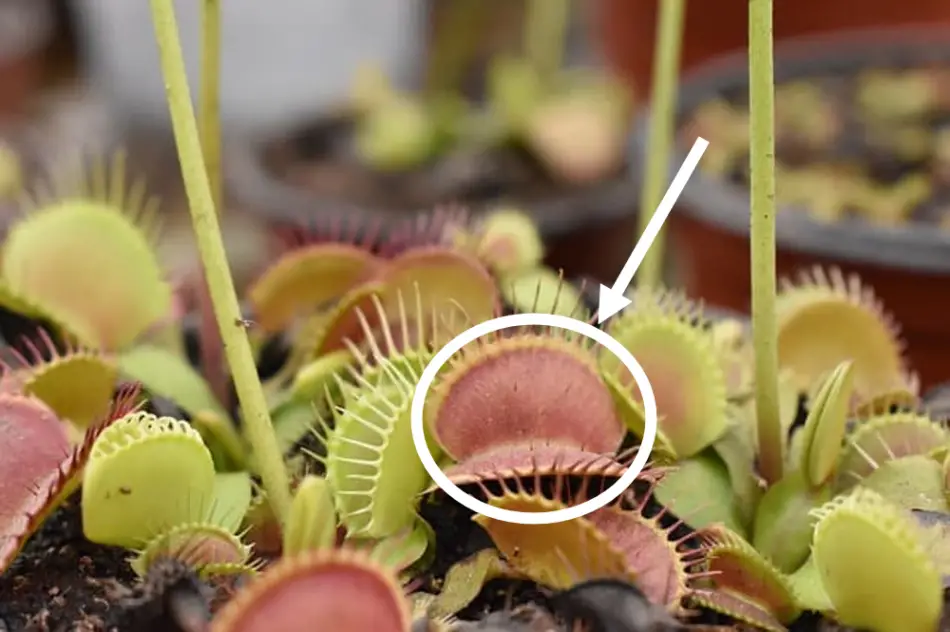
3.- Now, it is time to place the bug inside the scary jaws of a Venus flytrap. Consider employing a tool such as tweezers or chopsticks to hold the bug. Or grab it with your hands.
Place the bug inside the traps. Aim for the center. And immediately use the tool or your finger to stimulate the trigger hairs. Then, the trap will close with the bug still inside.
Make sure to remove your fingers and any tool you might be using before the trap closes.
4.- After the trap closes, the cilia in the lobes will be intertwined, but the lobes won’t close fully shut. The plant is waiting for further stimuli before it closes completely. At this point, live ants will try to escape, but their motion inside the traps will stimulate the trigger hairs further. The continuous stimuli produce a signal which makes the trap close completely and start digesting the bug.
Dead ants won’t provide the appropriate stimuli. So, you must complete this extra step:
Use your finger or a soft tool to press the sides of the traps. Exert gentle and consistent pulses until the trap has fully closed. The pressure taps will trick the plant into believing it caught live prey. Once closed, the lobes start digesting the bug.
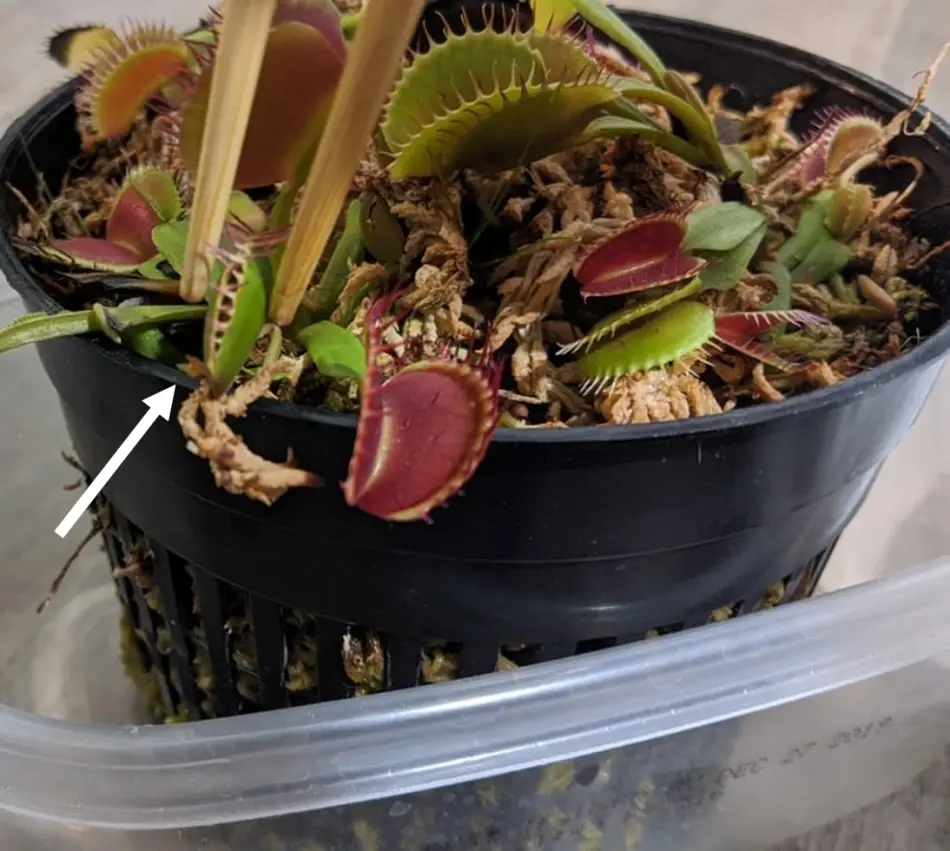
5.- Observe the trap and assess your success. The digestion process takes several days and, in some cases, a few weeks. Monitor the leaf and verify the process was completed successfully.
If the feeding was successful, the plant consumes the ant over the next few days or weeks. Then, the trap reopens and exposes the empty carcass. Sometimes the plant struggles to digest the bug. In those cases, the leaf won’t reopen. Instead, it will start to wither.
Some people find great success when employing ants; others struggle and end up losing leaves. Monitor your plant and determine if ants are the right choice for your plant. If they are not, do not get discouraged. Instead, consider employing other insects, like the ones described below.
Venus Flytrap Feeding Basics
I hope you found the steps for the feeding process useful. Make sure to learn some more about feeding your Venus flytrap before you get started. Here is a summary of what you need to know:
- Do not feed human food to Venus flytraps
- Dead and live bugs are both suitable food options for carnivorous plants
- Only feed Venus flytraps bugs that can fit entirely inside the traps.
- Do not overfeed the plant. Feeding it once every 4 to 6 six is an appropriate frequency.
- When feeding the plant, only feed one trap of the whole plant at a time.
- Dormant Venus flytraps do not need to be fed at all
Other Food Alternatives
Venus flytraps extract key elements such as Nitrogen, Potassium, Sulfur, and Phosphorus from the bugs they consume. Ants are small, but they contain enough nutritional value to supplement the plant’s diet. However, other insects have higher amounts of protein.
Bloodworms, mealworms, and crickets are highly nutritious options for carnivorous plants. They are commonly available in pet stores for reasonable prices, and they can last for months if opting for the freeze-dried version.
Employing ants have two significant drawbacks. First, the insect is tiny, and the amount of meat is limited. Second, garden ants might be exposed to harmful pesticides.
Buy dried-up crickets online, and have enough food to keep your plant healthy for several years. Here is a link, to the brand I currently use.
This article lists different food options for Venus Flytraps.


